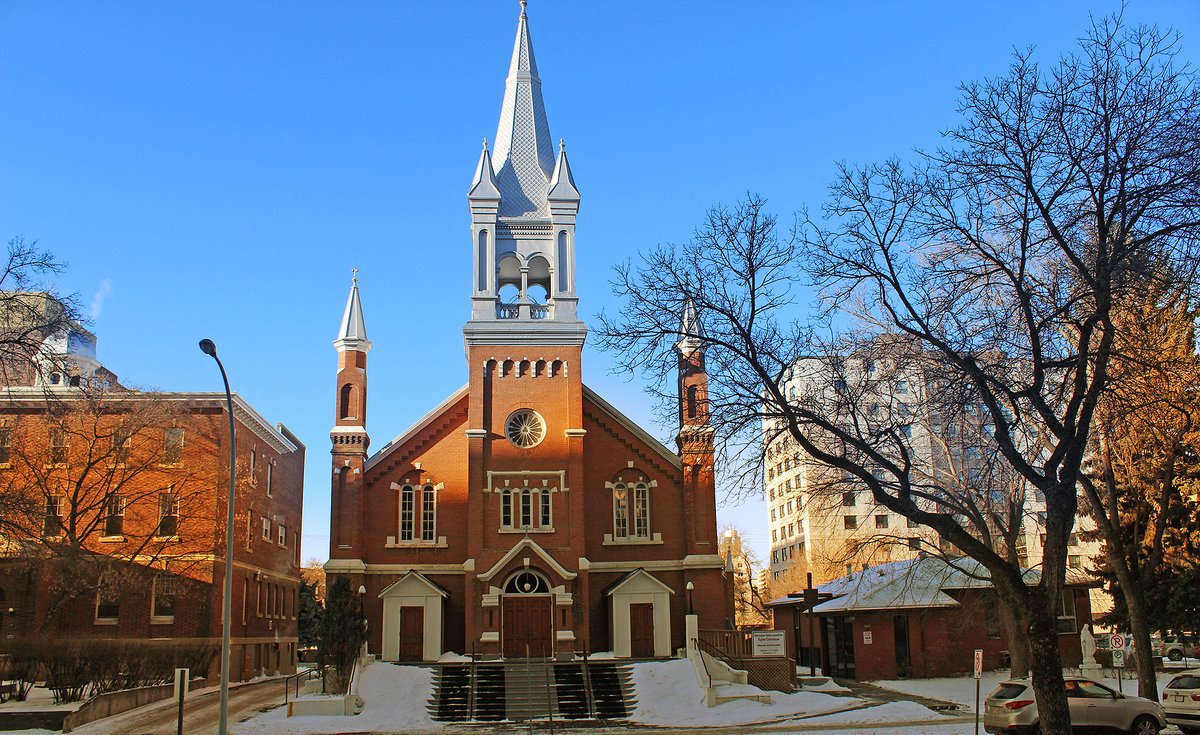
Century Park timeline
2022: a couple of early risers walking their dogs in a grassy area surrounded by apartments, construction materials & equipment and an empty parking lot next to an LRT station just out of view.
2022: a couple of early risers walking their dogs in a grassy area surrounded by apartments, construction materials & equipment and an empty parking lot next to an LRT station just out of view.

2005: architect James Cheng's concept for a walkable, mixed-use, high-density, transit-oriented urban village that wowed planners and helped #yegcc decide to fund extension of the LRT to the site. 

• • •
Missing some Tweet in this thread? You can try to
force a refresh





























